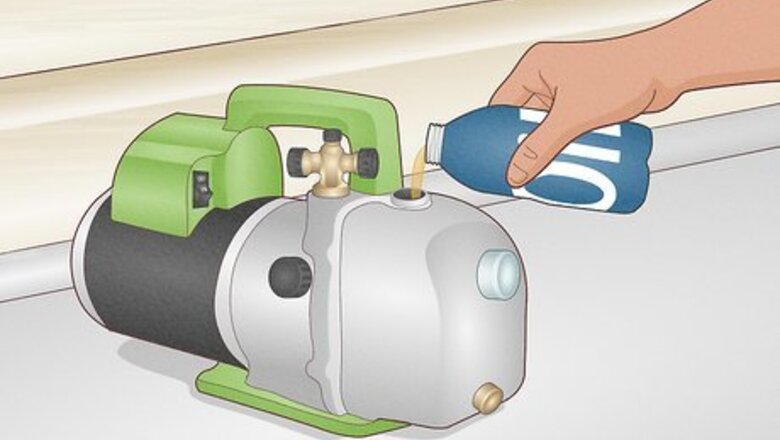
views
Setting up Your Vacuum Pump
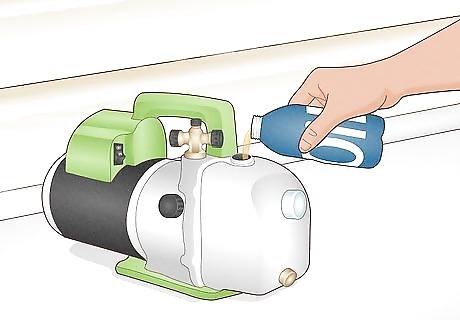
Fill the pump with vacuum oil. Before you use your vacuum pump, make sure it is full of clean vacuum pump oil. Unscrew the oil fill cap, typically located on the top of the pump, and look on the interior edge of the opening for the fill line. Fill the opening with oil until it reaches that line. Then, replace the oil fill cap. Be sure to only use oil meant for vacuum pumps. Using other mechanical oils could impact the quality and performance of your vacuum.
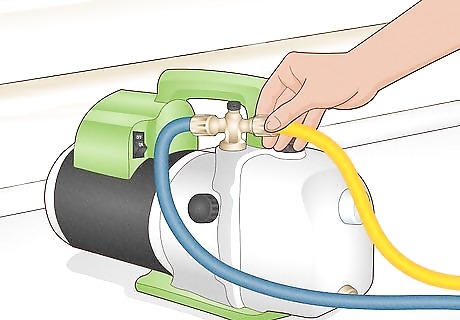
Attach your gauges to the ports. You will need a gauge set that connects to both your vacuum and your pressure ports on your AC system. The blue gauge and hose should connect to the low-pressure service port. The red gauge and hose will connect to the high-pressure port. The yellow hose in the middle should connect your gauges to your vacuum. Make sure the gauges and gauge hoses are connected tightly. Loose seals can compromise your vacuum. In your car, your high-pressure port will generally be physically higher than the low-pressure port.

Open your manifold valves. Once you have your gauges in place, you will need to use the valves on your AC system that opens and closes the service port to the refrigerant lines. With the valves closed, your gauges should have little to no pressure reading.
Pulling the Vacuum
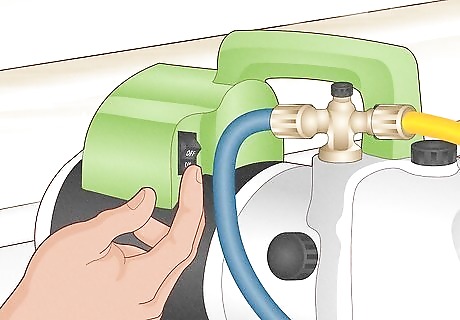
Start your pump. After you are sure everything has been securely connected, use the switch device on your vacuum pump to turn it on. You should be able to hear the vacuum running once it is switched on. If you are trying to start the pump in cold weather, open the intake ports until the pump reaches normal running speed. Then, close it off again.

Open the side gauge valve. Once your vacuum is on, you will need to open the gauge valves, located on the side of each gauge. This allows the vacuum to start pulling air out of the system. If you are unsure which way you need to turn your valves to open them, check the manual that came with your gauges or vacuum.
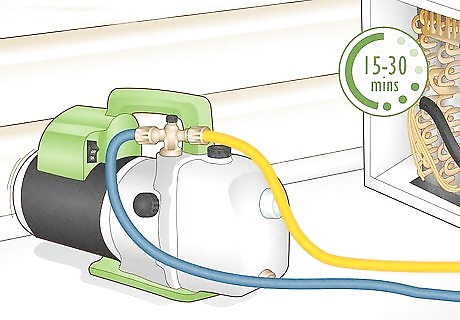
Allow the vacuum to run for 15-30 minutes. Let your vacuum run at full operating speed for at least 15 minutes and up to 30 to completely pull the air out of your AC system. The exact amount of time you will need to let your vacuum run will vary based on your manufacturer’s recommendations, so check any operational manuals you may have for both your AC system and vacuum pump. Generally, you want to let your vacuum run for at least long enough to get the measurement below 1,000 microns. If you can, try to get it down to 500 microns.
Closing Your Vacuum

Close the low-side valve and let the vacuum hold for 15 minutes. After you have let your vacuum run for a sufficient amount of time, close the valve that connects to the low-side gauge. Let your pump hold the vacuum for 15 minutes. If it’s not able to hold for that long, you likely have a leak and may need to replace components on your vacuum pump.
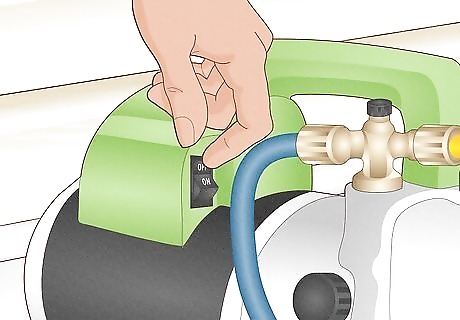
Shut off the vacuum pump. When you are satisfied with how long your system held the vacuum, shut the pump off using the same switch mechanism you used to turn it on. Let your vacuum disengage completely before you disconnect the system.
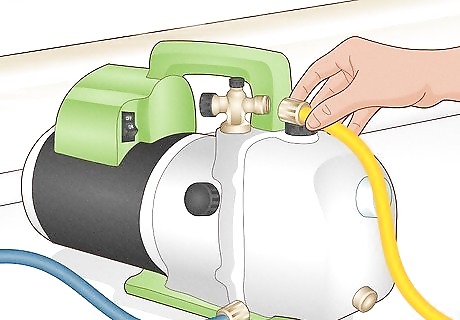
Disconnect your vacuum. Once your vacuum has fully disengaged, you can disconnect the hose leading to the pump. Your AC system should be fully evacuated at this point, and ready to be recharged or repaired. If you have a drain issue, one of the most common problems in air conditioning, you can get a Co2 drain gun and an AC drain brush to clean the clog in the drainage system. It is better than using chemicals. You should also replace filters regularly. It will help prevent clogs and debris collection on the bottom of the condensate drain pan. You can even get condensate pan tablets to prevent drain clogs.




















Comments
0 comment